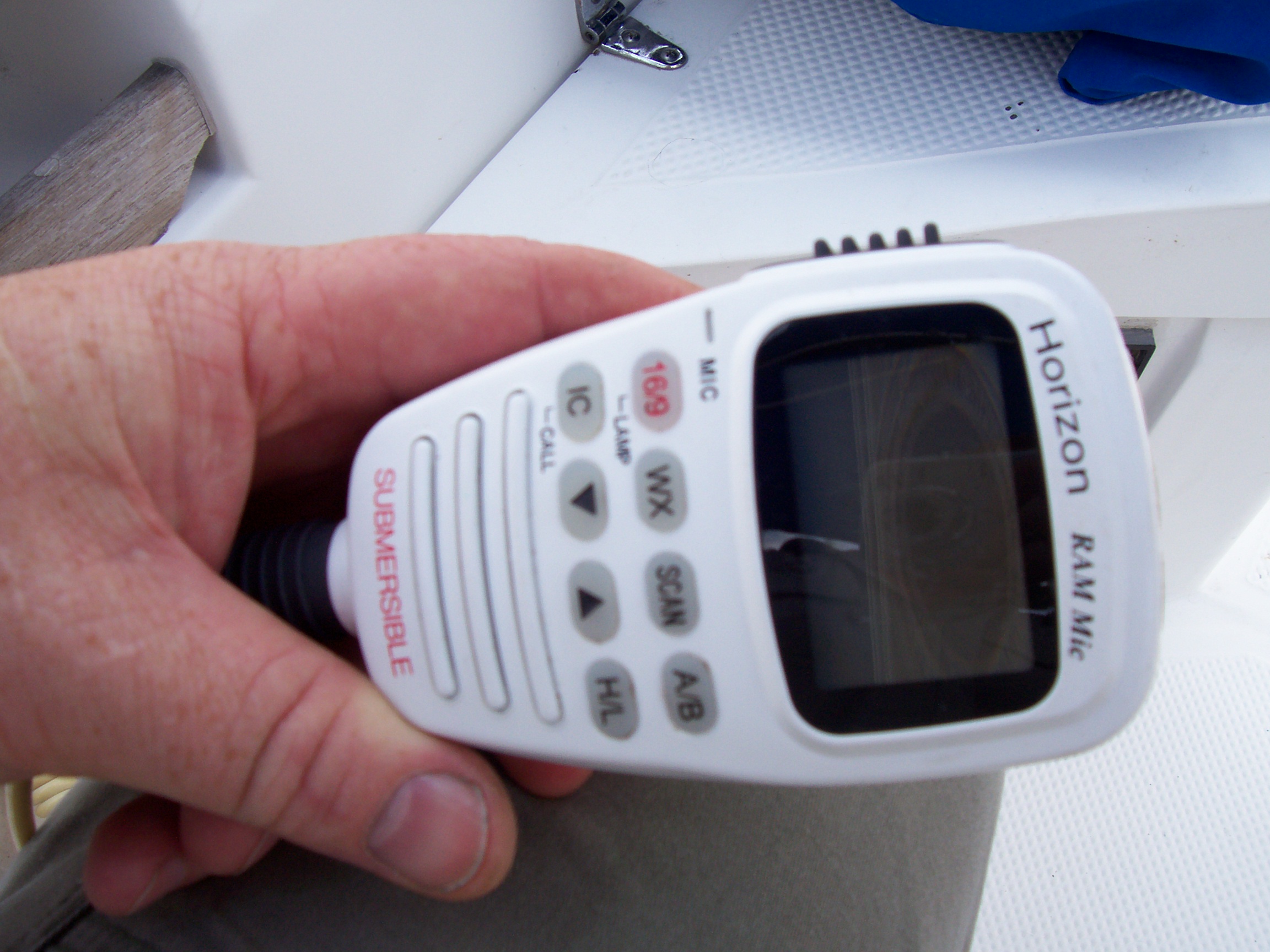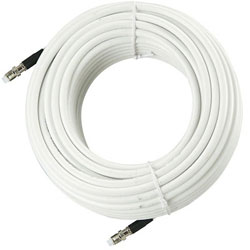How To Install a VHF Marine Radio: Part 1

Reliable VHF communications are an integral part of any safe, enjoyable day on the water. Handheld VHF radios are popular choice with boaters due to convenience and portability, however with a maximum output of six watts, range for even the best hand-held is limited to around five miles. Compared to the 25 watts and approximately 25 miles a fixed mount unit provides, the choice is clear as to which you’ll want for primary communications should the feces hit the rotary oscillator.
DIY Project
Installing a fixed mount VHF radio is fairly straightforward and well within the ability of most do-it yourselfers, however if you have doubts concerning an installation, always seek the advice of a competent electronics technician.
The first step is selecting a VHF radio and antenna that meet your needs. There are many choices available when it comes to radios. The best approach is to list the models that offer the features and price you want, then narrow it down from there. Factors to consider when selecting a radio range from location (waterproof models or those with remote mikes for exposed installations for example) to the unit’s warranty, which can range from one year to three or more.

Stronger Signal
Antenna selection is one of those areas where you do get what you pay for. Regardless of the VHF radio selected, performance will only be as good as the antenna you pair it with. Considerations for purchasing a VHF antenna include price, construction (type and size of the element, quality of components, finish, etc), and the antenna’s gain, which we’ll discuss in a moment.
Less-expensive fiberglass models often utilize thin copper wire for the “element” (the part that radiates and receives signals) rather than the more substantial brass or copper tubes found in higher end antennas. The nylon ferrule (mounting base) of lower end antennas are also more prone to failure than the chromed brass ones found in better quality units.
As to material selection, wire antennas provide less windage (making them ideal for sailboat masts) but are “whippy” in longer lengths. Fiberglass antennas are more beefy and rigid, meaning they can be made longer without excessive movement, providing height and strength for deck-mounted installations. Higher-end antennas also typically utilize better coax, the cable that conducts the signal from your radio to your antenna. Some antennas come with a length of coax cable (which may or may not be long enough), while others provide a short lead and require purchase of additional cable and connectors.

Cable Choices
As with any wire run, the primary concern here is signal loss, a factor of both cable length, quality of construction, and the number of connectors or cable splices in the run (each of which increases signal loss).
There are three common types of coax: RG-58 (the least expensive), RG-8X and RG-8U (the best, providing the least amount of signal loss). Signal loss for cable runs on smaller vessels (typically less than 20 feet) is not generally a huge concern, however even in such a short run signal loss can be double when using RG-58 vice RG-8U.

Making Gains
One critical element of antenna selection is gain, the increase (or decrease) of an antenna’s effective radiated power. Gain essentially describes how an antenna amplifies and shapes (or refocuses) the signal it transmits, channeling more of it towards the horizon for example (where it does the most good) rather than skyward or into the water.
Gain is measured in decibels (dBs) and VHF antennas typically fall within three common ratings: 3dB, 6dB, and 9dB. In a nutshell, antennas with a higher dB rating provide a sharper, more concentrated radiation pattern (and greater theoretical distance) than those with lower dB ratings (think spotlight as compared to a floodlight).
That being said, the best choice is not always simply to select the antenna with the highest dB. In the case of a sailboat mast installation for example, the more focused “beam” of a 9dB antenna will often be shooting skyward or down into the water as the vessel pitches and rolls, in which case the broader pattern of a 3dB antenna will give better performance. The best choice for a smaller power boat is typically a 6dB antenna, which provides maximum range with minimal signal loss (due to rolling while underway).
Larger power vessels with dual VHF radios may opt for the belt and suspenders approach by installing a 9dB antenna at the upper helm (which will typically be used in calmer seas) and a 6 or 3 dB antenna at the lower helm for rougher conditions.
Finally, combination antennas (VHF/cell phone or VHF/AM/FM for example) are available for installations where you have limited mounting area. The cost, however, is reduced performance on the VHF side — dedicated antennas provide better performance and should always be the first choice if space is available. Regardless of the type of antenna you choose, keep in mind VHF is “line of sight,” meaning it should be mounted as high as possible for best performance.
In Part 2, we’ll walk through the installation process.
By Capt. Frank Lanier
Captain Frank Lanier is a SAMS® Accredited Marine Surveyor with over 40 years of experience in the marine and diving industry. He’s also an author, public speaker, and multiple award-winning journalist with articles on seamanship, marine electronics, vessel maintenance and consumer reports. He can be reached via his website at www.captfklanier.com.
